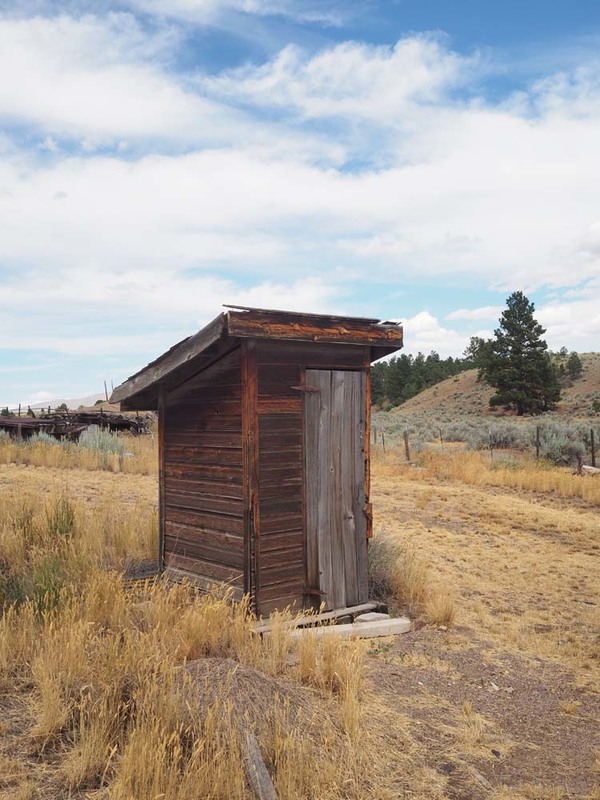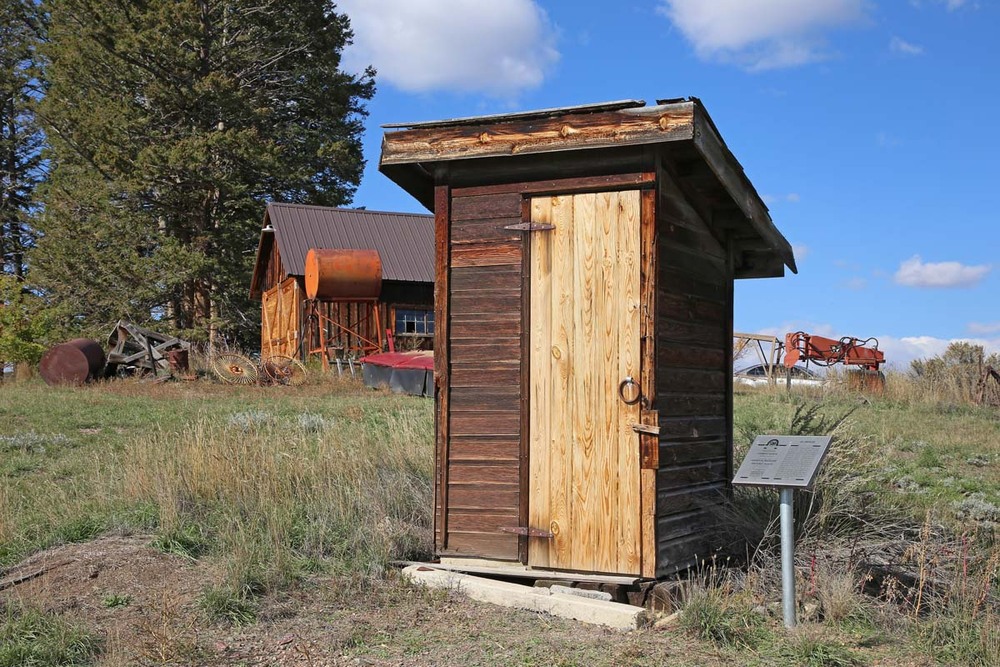
Not all outhouses deserve interpretive signs, but the Gehring outhouse is an important local reminder of the U.S. government’s efforts in the 1930s to improve sanitation and public health in rural areas. Part of President Franklin Delano Roosevelt’s “New Deal,” the Works Progress Administration (WPA) was established during the Great Depression to employ vast numbers of jobless Americans and improve crumbling infrastructure. While the WPA is best known for large-scale building and infrastructure projects, its sanitation program was far reaching, with some 2.3 million outhouses built across the nation. These WPA outhouses remain easily recognizable, as they are all identical. The WPA provided the plans and labor, and the property owner provided the materials. On the outside, the plan dictated a four-foot-by-five-foot wood frame, an overhanging shed roof with a wide fascia board, and wood siding. Inside, a six-foot-deep concrete-lined vault held waste safely, and the concrete foundation and integrated molded concrete pot made it easy to keep clean. Last but not least, each outhouse had a square wood pipe to direct polluted air from the pot to the outside.
Images

